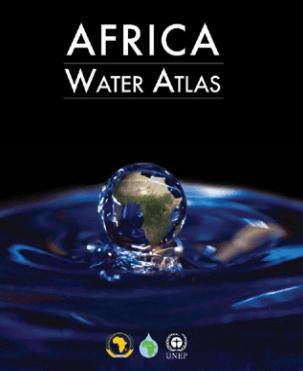Africa Water Atlas
15 septiembre 2011Division of Early Warning and Assessment (DEWA).
United Nations Environment Programme (UNEP).
Nairobi, Kenya.
2010
This Atlas is a visual account of Africa’s endowment and use of water resources, revealed through 224 maps and 104 satellite images as well as some 500 graphics and hundreds of compelling photos. However the Atlas is more than a collection of static maps and images accompanied by informative facts and fi gures: its visual elements vividly illustrate a succinct narrative describing and analyzing Africa’s water issues and exemplifying them through the judicious use of case studies. It gathers information about water in Africa and its role in the economy and development, health, food security, transboundary cooperation, capacity building and environmental change into one comprehensive and accessible volume. UNEP undertook the production of this Atlas at the request of the African Ministers’ Council on Water (AMCOW) and in cooperation with the African Union, European Union, United States State Department, United States Geological Survey and other collaborators.
The Atlas tells the paradoxical story of a continent with adequate renewable water resources, but unequal access because water is either abundant or scarce depending on the season or the place. Water is the most crucial element in ensuring livelihoods since more than 40 per cent of Africa’s population lives in arid, semi-arid and dry sub-humid areas and about 60 per cent live in rural areas and depend on farming for their livelihoods. This particular story is complemented by the encouraging revelation that although rain-fed agriculture is widely constrained, there are also many dry areas where long-practiced and new water-harvesting strategies can be expanded.
The Atlas also tells stories for each of 53 countries, highlighting the salient water issues each faces and tallying the progress they have made towards the Millennium Development Goals’ water-related targets. They underscore the still highly inadequate access to potable water and proper sanitation in most countries. These stories are also complemented by useful information about novel strategies and tools that could help to overcome obstacles (from physical, to technical and political) to achieving these targets.
These examples demonstrate that this Atlas is an important tool for decisions makers because it provides clues to address Africa’s most challenging water issues.



